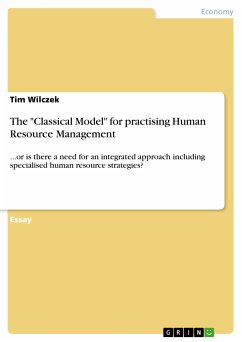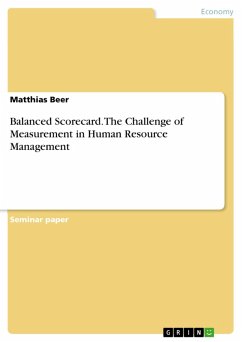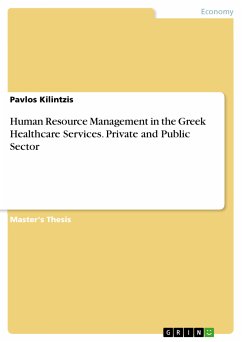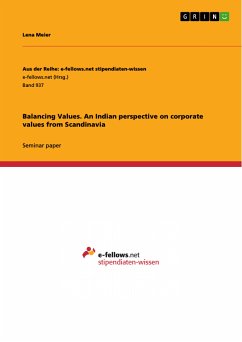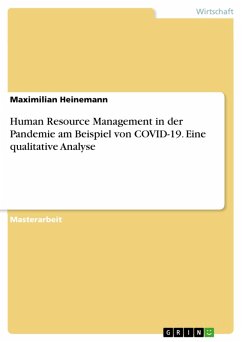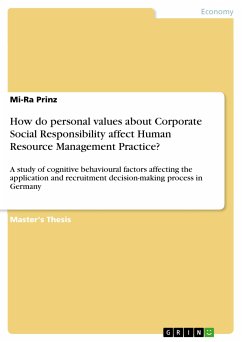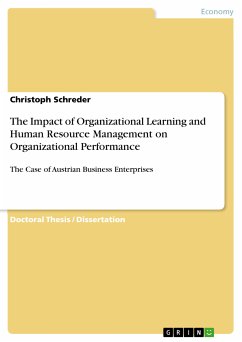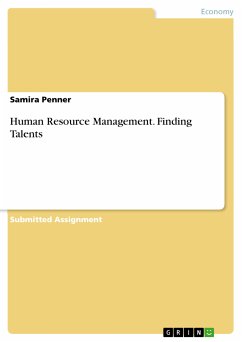Essay from the year 2008 in the subject Leadership and Human Resources - Miscellaneous, grade: 2,3, University of Western Sydney (School of Management), course: Human Resource Strategy, language: English, abstract: During recent years an efficient Human Resource Management (HRM) has become more and more important for companies to achieve and sustain both competitiveness and economic success. Leopold, Harris and Watson (2005) mentioned that Human Resources became matters of considerable competitive advantage. Human Resources, respectively the skills and knowledge of an organisation's staff, as Hamel and Prahalat (1994) called it, has transformed through massive changes in the economical, technological, sociocultural, judicial and political conditions to one of the most important strategic factor of success for companies these days. HRM, as a reaction to these changes in 'Personnel Management', attempts to find various methods of resolution for practice. If 'Personnel Management', 'HRM' or 'SHRM', they all have a common goal: obtaining the achievement potential of all organisational members best as possible. But the 'HRM' approach goes beyond the traditional approach of 'Personnel Management', having a broader focus on the necessary interdependence of all components with each other as well as the connection to other compartments of companies, whose success is seen in straight connection with personnel measures. Thereby Strategic Human Resource Management (SHRM) can be seen as extension of HRM, and following the definition of Boxall (1996) it deals with the relationship between the strategic management of an organisation and the management of its human resources within this strategic context. In that case the focus is on long-term personnel decisions as well as on the question how an interaction of corporate and personnel strategy can be achieved. Initially this work is going to introduce and define different organizational strategies as well as key human resource strategies. This shall be followed by a critical evaluation of the concepts by opposing the pros to the cons. Therein the difficulties and between Organisational Strategy, Human Resource Strategy and the Organizational Environment shall be shown. The work results in a final conclusion.
Dieser Download kann aus rechtlichen Gründen nur mit Rechnungsadresse in A, B, BG, CY, CZ, D, DK, EW, E, FIN, F, GR, HR, H, IRL, I, LT, L, LR, M, NL, PL, P, R, S, SLO, SK ausgeliefert werden.

